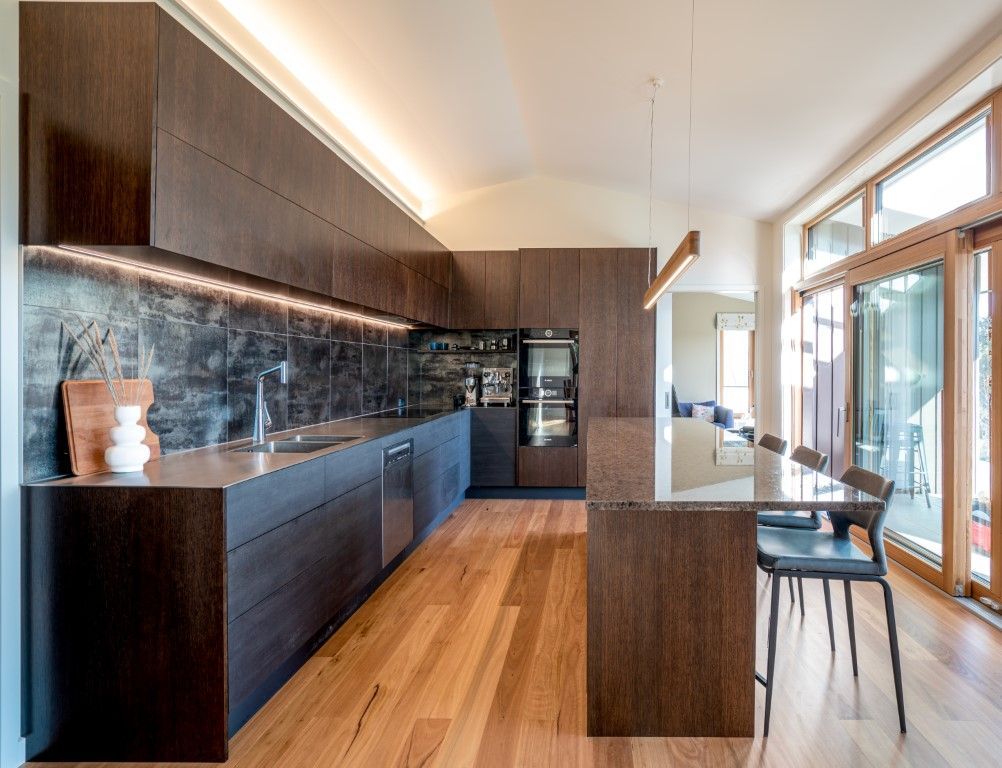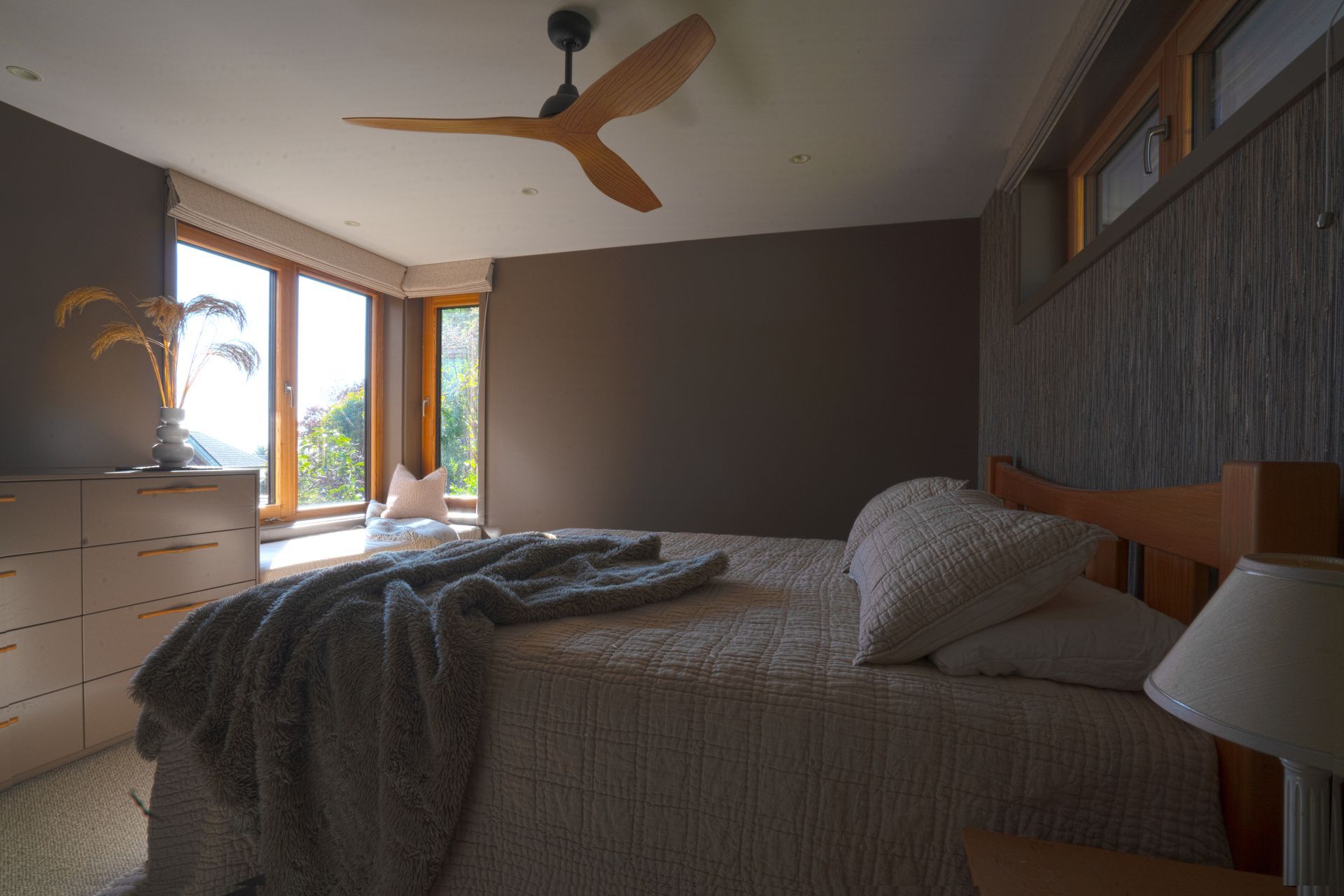Actively keep cool the passive way
What is the difference between passive cooling and active cooling? Active cooling systems use mechanical systems and energy to remove the heat from your house. Passive cooling on the other hand, use natural elements to keep you cool. More energy efficient and environmentally friendly, passive cooling creates a comfortable, healthy living environment without the reliance on artificial climate control. A home that’s better for your health, your wallet, and the planet.
Passive Houses are the ultimate high end building standard for achieving a truly energy efficient property, but there are elements of passive house building that can be applied to a custom property renovation so you can naturally keep cool without relying on conventional cooling systems.
This article explores the principles of passive house design, and how you can incorporate them into a renovation to improve its energy efficiency, even if you aren’t committing to a complete passive house retrofit. Through clever design, you can minimise heat gain and maximise indoor comfort through architectural features and smart ventilation.
The concept of passive houses is simple to understand; it’s a highly energy efficient building that promotes indoor comfort. The elevated energy savings of passive houses are achieved by exclusively using energy efficient building materials and components, but also:
- Installing a high-quality ventilation system
- Being airtight
- Enhanced insulation
- Thermal bridge free construction
- Installing high-performance windows
As leading passive house builders in Christchurch, Shaun Bradley Builders are experiencing an increase in clients seeking guidance about sustainable options for their renovations. Here are some examples of how you can integrate passive methods into your home whether it’s a traditional property or a more contemporary design:

Superior insulation
Insulation does not create extra heat; it reduces the heat exchange between areas and materials with different temperatures. Christchurch property renovations benefit from installing high performance insulation. Thick insulation keeps the property warm in colder months, but equally it helps to maintain a stable indoor temperature by preventing heat from penetrating the home during hot weather.
Natural ventilation
One of the most used passive cooling techniques is natural ventilation using convection cooling to facilitate natural airflow circulate fresh air through the house. Strategically placed windows and vents encourage the movement of cooler air from shaded areas to warmer zones, providing a refreshing breeze.
Strategic shading
Although you don’t have control over the orientation of the building if you are doing a renovation rather than a rebuild, its still important to consider which way the property faces and where to best fit the windows. Considerate shading elements for north facing windows such as overhangs, verandas, and external louvers block direct sunlight from entering windows during the hottest parts of the day, reducing heat buildup while still taking advantage of the solar gains of the lower angle of the sun over winter.
High performance reflective materials
Utilising high solar reflectance roofing materials minimises the absorption of solar heat and reduces the level of heat transferred into the building. Similarly, installing double or triple glazed windows with low-emissivity coatings minimise the amount of infrared and ultraviolet light that comes through the glass, without minimising the amount of light that enters your home.
Incorporating these strategies into your renovation creates a naturally cooler indoor environment and delivers a refreshing alternative to traditional cooling methods. By harnessing the power of design, ventilation, and insulation, you can take a sustainable approach to maintaining comfort even on the hottest of days.
Shaun Bradley Builders are passionate about helping clients explore the sustainable options they have. If you would like to learn more about passive house builders in Christchurch and how we can help you, contact us today by clicking here or call 027 284 5363.



